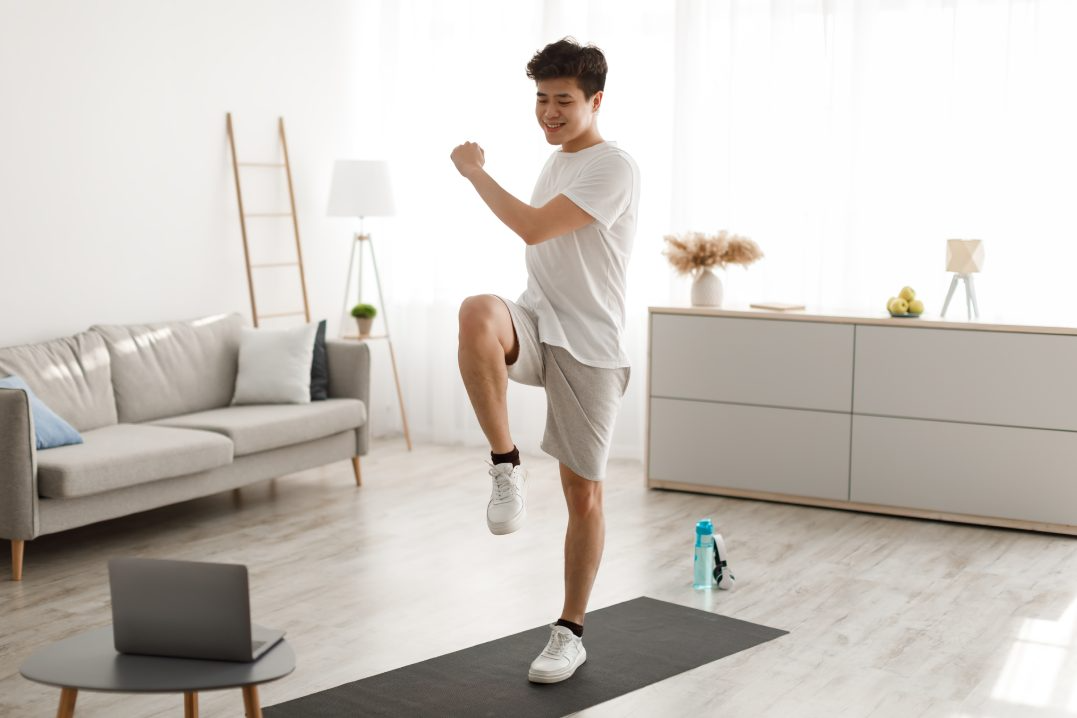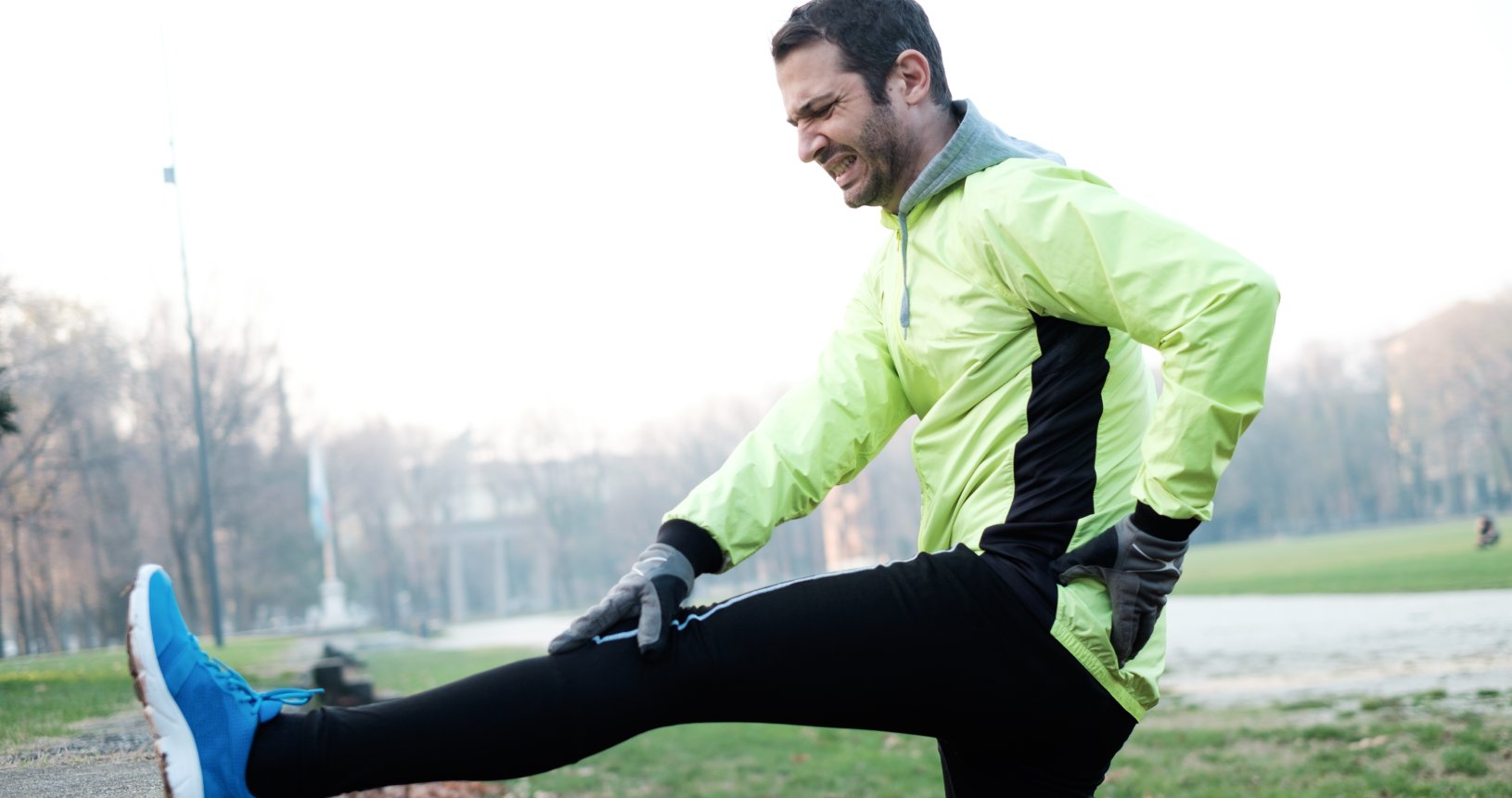
Common Sports Injuries
Most acute sports injuries result in sprains, strains, joint injuries, muscle tears, dislocations, fractures, tendon injuries, and pain. Chronic injuries usually develop over time, resulting in pain and reduced mobility. It may start as an acute injury that, when you fail to treat it properly, could develop into a more structural problem.
Hence, you mustn’t ignore any pain, swelling, or numbness symptoms and must take the necessary corrections and rehabilitation to avoid further injuries.
Our joints are usually the most affected when it comes to sports injuries. But, the impact on particular body parts could vary based on the type of sports you play.

How to Prevent Sports Injuries?
Prevention comes from identifying the causes of common sports injuries. The major causes of sports injuries are accidents, physical weakness, poor health, impact, using bad equipment, and lack of warmups and conditioning exercises.
Just like any physical machinery that needs regular maintenance, your body needs proper care to continue physically straining activities such as sports. As you would rectify bad equipment with proper maintenance and updates, you should also ensure that you regularly undertake injury prevention workouts, training, and warmups.
Here is a basic guide to keeping yourself injury-free from sports:
Create a fitness plan
Create a fitness plan that caters to your required muscle strength, flexibility, and cardio to help you stay fit and flexible. The chances of sports injuries greatly reduce when your body is at its best health and can indeed be strong enough to take the impact it could face while playing.
Focus on all muscle groups
Make sure you pay attention to all muscle groups in your exercise plan. Most sports activities are focused on particular areas of the body. This could lead to overuse of those muscles, leaving you with inadequate training of muscles in other areas.
Build strength
You need to build strength to support your overused muscles and ensure you get holistic training for your whole body. A good way to do that would be to alternate exercising different muscle groups and make a plan to exercise in a regular timed manner. And with all plans, you should also stay motivated to follow through and exercise accordingly.
Stretching exercises are a great way to improve the strength and flexibility of your muscles. Unlike what many would like to assume, stretching is not a painful activity, and it shouldn’t be. Start with 20 seconds for each stretch, and don’t be in a hurry. Take it slow and stretch until you reach the point of muscle tension.
Additional tips
- Always do your warmups before you start playing.
- Learn to cool down correctly once you finish playing.
- You need to relax and let yourself have some breathing time, at least as much as twice your warmup time.
- Make sure you stay hydrated. Staying hydrated helps prevent muscle fatigue, keeps you cool, and helps reduce injuries.
- Stop when you are in pain. Always pay attention to your body’s signs and take proper action to rectify them. Ensure you get enough rest and rehab after an injury before taking up the possibly straining activity.
- Use proper equipment and gear. The gear you use could affect your form and posture and either support you or create problems resulting in injury. Invest in proper shoes and protective gear to protect yourself from hard impacts.

Sports Injury Prevention Exercises You Can Try Out
Several studies have shown that warmups could decrease the risk of sports injuries. Specific warmup programs like FIFA11+ are designed to help players reduce their risk of injury in a game.
But that does not mean you go full-on intense with your warmups. Then, you stand the risk of impairing your performance and can make yourself tired even before you start your games. Warmup must be properly designed to give optimal muscle activation and movement efficiency.
Here are five simple warmup exercises you can incorporate into your routine. You can perform these exercises on each side of your body for 20 seconds to a minute.
Arm Reach
Stand straight, with legs apart at hip width. Now, slowly rotate your body to the left while extending your right arm to the opposite in a twisting motion. Now, repeat the same with the other arm. This sports injury exercise helps strengthen your shoulder muscles.
Knee Lift
Stand straight, with legs set apart wider than your hip width. Place your arms behind your head and bring your right knee to the right elbow. Then repeat the same for the left side.
Knee lifts are good for improving your balance, coordination, and endurance. It activates your lower body muscles, such as quadriceps, hamstrings, calves, glutes, and hip flexors.
Lateral Lunge with Arm Reach
This exercise helps strengthen your lower body. Stand straight with your legs set wide apart, more than shoulder-width. Touch your left foot with your right arm and then perform the lunge. Repeat the same with your right foot and left arm. Make sure to keep your knees behind the toes and hips shifted back as you perform the lunges.
Squats
When you perform squats, the activated leg muscles depend on the distance between your feet. So you can adjust how your feet are spaced to target the exact muscles you want to. Keep your knees behind your toes as you perform the squats. You can either stretch your hands in front of you clasped together or place them on your waist as you repeat your squat reps. A good way to describe the squat movement is to imagine you are trying to sit down and get back up from an invisible chair.
Squats are extremely good for your knees and ankles as they strengthen the leg muscles’ ligaments, bones, and tendons.
Plank Stretch
To perform a plank stretch, you must reach a position where your body is parallel to the floor, balanced by your arms and feet. Planks can be difficult to hold for beginners, so you can start with smaller durations and build your strength slowly.
Just keep good form and not let your back sink to the ground, as this could result in back injury. Plank stretch helps build core strength, improves posture and balance, and helps with flexibility.
Prevent Sports Injuries With Us
Whether you are a seasoned sportsperson or just getting into the game, sports injuries should never be a hindrance. If you suffer from any such injury or want to prevent the occurrence in the future, our specialized physical therapists are here to help. Contact us today to learn more.



